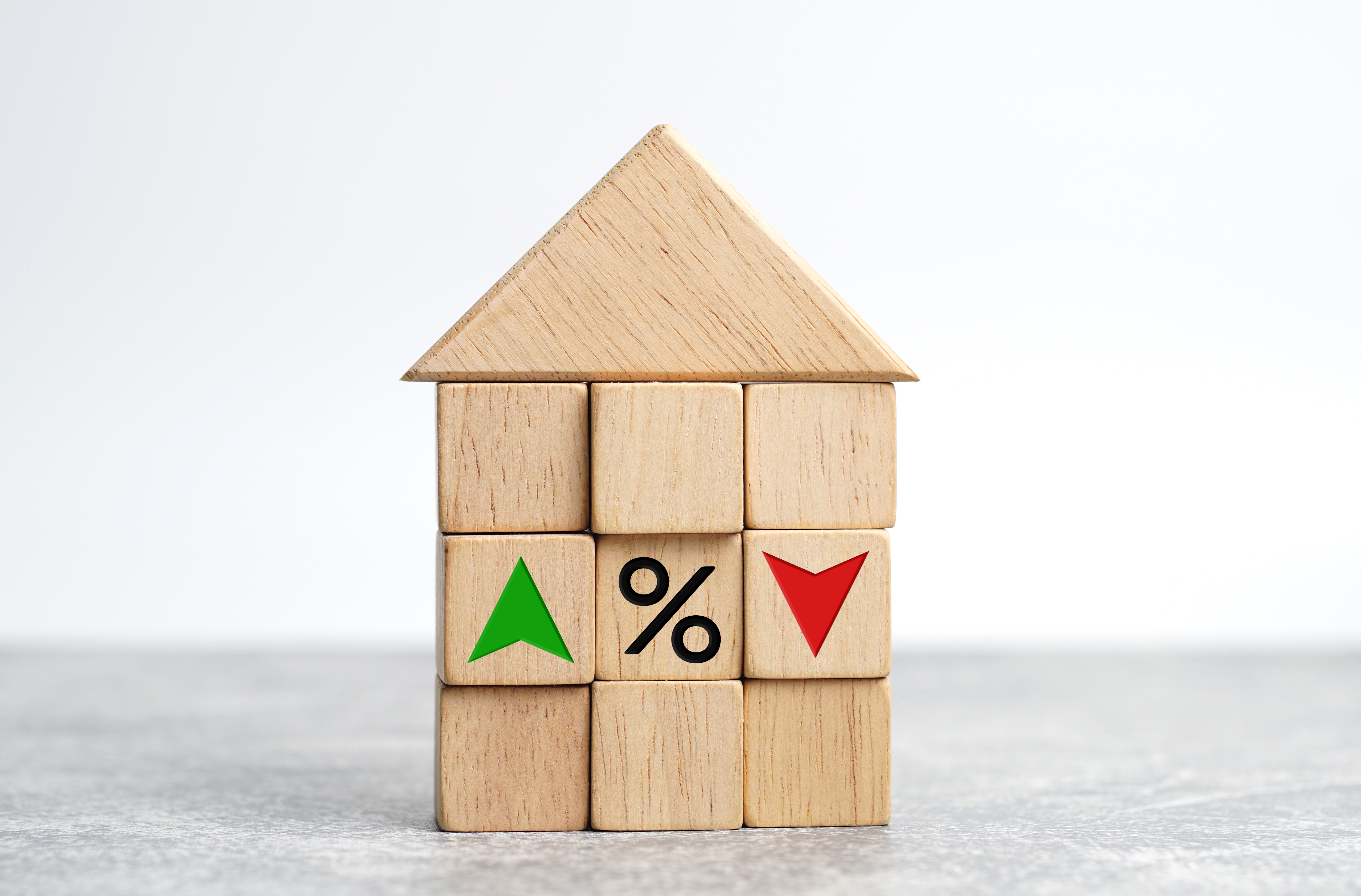Like any other financial product, interest-only mortgages are one more way to get a house in the United States, in which your monthly payments could be very low at first.
In the real estate market in the United States there are endless options to buy a house. We all know and recognize what a mortgage is, but in this sector, there are also various alternatives, such as the interest-only mortgage. Without much ado, before deciding on this type of financial product, there are aspects that you should take into account, because it might not suit you.
An interest-only mortgage is a type of home loan where you start by paying only interest for a certain period of time, followed by a period of time where you pay both interest and principal. In fact, many of these mortgages are adjustable rate mortgages (ARMs), which give you the opportunity to lower or increase your monthly payments.
An ARM, also known as an adjustable-rate mortgage, is a loan that starts with a fixed, predetermined interest rate that’s likely to be lower than what you’d get with a comparable fixed-rate mortgage. However, the rate adjusts after a specified initial period, typically three, five, seven, or 10 years, depending on market indices.
Like a traditional ARM, an interest-only mortgage has a period, typically three, five, seven, or 10 years, during which you pay only the accrued interest on that principal. But unlike a conventional ARM, borrowers don’t build any value in their home with an interest-only mortgage.
Like any financial product, it is important to know the ins and outs of the “interest only” mortgage.
Interest-Only Mortgage Pros
1. Low monthly payments (up front): Because you only pay the interest on your loan, the initial monthly payments on your mortgage are significantly lower.
For example, on the $300,000 interest-only ARM mortgage, with an introductory rate of 4% for five years. For five years, your interest payment would only amount to $1,000 per month. But after five years, starting to pay principal, and with an adjusted ARM, let’s say 5%, now your monthly principal interest payment would increase to $1,754 per month.
2. Improve your cash flow: After your monthly mortgage payments are significantly lower at the beginning, it allows you to have more cash flow to meet other goals, such as debt or savings. For example, you could pay off a high-interest credit card debt while buying a house at the same time.
Interest Only Mortgage Cons
1. Larger down payment: Because a loan puts money at risk, especially when it is large enough to buy a house, and taking into account interest rate changes that could occur over the life of the loan, the Lenders often require larger down payments. Many companies require a 25% down payment for an interest only mortgage.
You also need a fairly high credit score of 740 or higher to qualify for an interest-only mortgage.
2. Higher Interest Rates – Although mortgage rates can vary from lender to lender, interest rates on interest-only loans tend to be 1.25% to 1.33% higher, on average, than a home loan. fixed at 30 years. This is largely due to the percentage variations that may occur in the duration of the loan.

